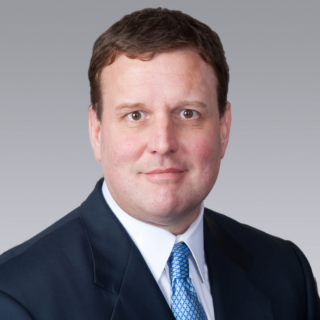Things have changed for physicians since the “good ol’ days” of just a few years ago. Their income has been greatly affected by reduced reimbursements by Medicare, Medicaid and insurance companies. The Affordable Care Act is putting the spotlight on return on investment (ROI) by scrutinizing costs while increasing care for patients, and doctors are discovering they will be penalized if they don’t purchase software and equipment in order to convert to new electronic health records.
Doctors are finding that they must make some tough choices about the next phase of their careers and in what facility they plan on practicing medicine. In today’s world, the cost of managing a medical office while trying to practice medicine is forcing many doctors to re-evaluate the environment where they work. On one hand, it is great to have the autonomy of private practice. On the other, it could be a relief for someone else — like a health system or hospital — to manage the business, provide office space and staff, pay the bills, get electronic medical records set up, deal with the insurance companies and Medicare and Medicaid, and pay a reliable salary.
Trends show that many doctors are choosing to quit private practice to go back to work as a hospital employee. This often means vacating their leased or owned office space, leaving behind medical office sublease space and smaller medical office buildings for sale. Particularly in secondary and tertiary markets, medical office buildings that are not hospital-controlled are growing in vacancies. However, in some cases, health systems will purchase private practices and may also purchase the doctors’ building or buy out the remaining lease term.
Health systems prefer to place more system-employed specialists near the hospital or in their on-campus facilities. It’s becoming more common for general practice or family practice physicians to be strategically located in systems’ leased or owned properties in the suburbs where they can provide quick and convenient primary care, resulting in referred cases to the system’s on-campus specialists.
An important and growing trend, particularly in large cities, is the health system-owned single destination for multiple types of medical care. Physicians are working at large multispecialty facilities throughout the city that often include — but are not limited to — emergency departments, ambulatory surgery centers, orthopedics, gynecology, radiology, pediatrics, common waiting areas, snack areas or restaurants, and perhaps even a workout facility. The purpose is to make it convenient and more pleasant for the customer, and health systems are competing ferociously for customers. Private-practice doctors are finding it hard to compete with these options for patients — just one more reason to leave their private office and join the system.
Some health systems are master leasing excess space in medical office buildings (MOBs) in order to establish a competitive recruiting advantage under the assumption that the best and brightest physicians will be drawn to systems with roomy, plush office space. Others are offering opportunities for young Fellows to work alongside doctors that are considered legends in the industry. It’s a highly competitive world for health systems that want the best doctors, and some will even name a wing of a hospital for a practice group, just to entice them to leave private practice and become an employee.
Many doctors complain that they miss being in charge and that they are not paid more when they work longer hours. The other side of the story is that, as health systems learn to reduce costs and increase profits, doctors may receive higher income for less work. According to CNN last year, the trend of hospital purchases of physician practices has increased 30 to 40 percent in the past five years. With all of the challenges and opportunities facing physicians and hospitals today, it will be interesting to watch this trend for the next five years.
Beth (CCIM, LEED AP) is a healthcare real estate advisor to health systems with a specialty in the sale of investment properties including hospitals, surgery centers and medical office buildings. She was a former pilot, professional pianist, and dance instructor who co-owned a 25-thousand acre ranch in Wyoming before flipping Texas real estate to fund her early brokerage career.

 Beth Young
Beth Young

 Colliers Insights Team
Colliers Insights Team

 Coy Davidson
Coy Davidson